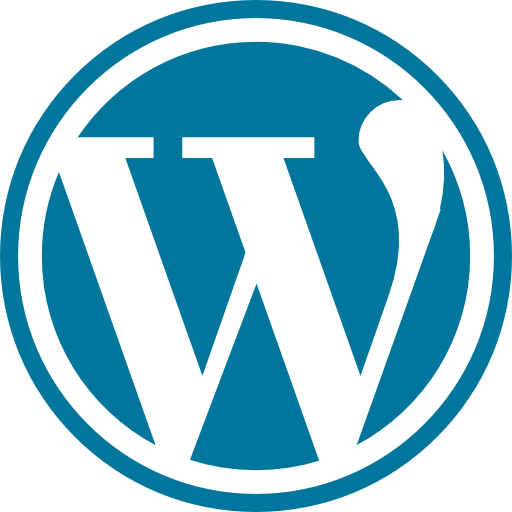Often WordPress beginners get confused between posts and pages. By default, WordPress comes with two content types, posts and pages. As a beginner, you are probably wondering what is the difference between them? It seems to have similar fields in the dashboard. It seems to look the same on the website. Why do I need both? When should I use posts? When should I use pages? In this article, we will explain the difference between posts vs. pages in WordPress.

Posts
If you are using WordPress as a blog, then you will end up using posts for the majority of your site’s content. Posts are content entries listed in reverse chronological order on your blog’s home page. Due to their reverse chronological order, your posts are meant to be timely. Older posts are archived based on month and year. As the post gets older, the deeper the user has to dig to find it. You have the option to organize your posts based on categories and tags.
Because WordPress posts are published with time and date in mind, they are syndicated through the RSS feeds. This allows your readers to be notified of the most recent post update via RSS feeds. Bloggers can use the RSS feeds to deliver email broadcasts through services like Aweber or MailChimp. You can create a daily and weekly newsletter for your audience to subscribe to. The very timely nature of posts make it extremely social. You can use one of the many social sharing plugins to allow your users to share your posts in social media networks like Twitter, Facebook, Google+, LinkedIn etc.
Posts encourage conversation. They have a built-in commenting feature that allows users to comment on a particular topic.
Pages
Pages are meant to be static “one-off” type content such as your about page, privacy policy, legal disclaimers, etc. While the WordPress database stores the published date of the page, pages are timeless entities. For example, your about page is not suppose to expire. Sure you can go back and make updates to it, but chances are you will not have about page 2012, about page 2013 etc. Because there is no time and date tied to pages, they are not included in your RSS feeds by default. Pages are not meant to be social in most cases thus does not include social sharing buttons, or comments.
You don’t want users to comment on your contact page, or your legal disclaimers page. Just like you probably don’t want others to tweet your privacy policy page in most cases.
Unlike posts, pages are hierarchical by nature. For example, you can have a sub pages within a page. A key example of this in action would be our Blueprint page. This feature allows you to organize your pages together, and even assign a custom template to them.
WordPress by default comes with a feature that allows you create custom page templates using your theme. This allows developers to customize the look of each page when necessary. In most themes, post and pages look the same. But when you are using your page to create a landing page, or a gallery page, then this custom page templates feature comes in very handy.
Pages also have this archaic feature called Order which lets you customize the order of pages by assigning a number value to it. However this feature is extended by plugins like Simple Page Ordering that allows you to drag & drop the order of pages.
Posts vs. Pages (Key Differences)
The differences we list below definitely have exceptions. You can use plugins or code snippets to extend the functionality of both content types. Below is the list of key differences by default.
- Posts are timely vs. Pages are timeless.
- Posts are social vs. Pages are NOT.
- Posts can be categorized vs. Pages are hierarchical.
- Posts are included in RSS feed vs. Pages are not.
- Pages have custom template feature vs. Posts do not.